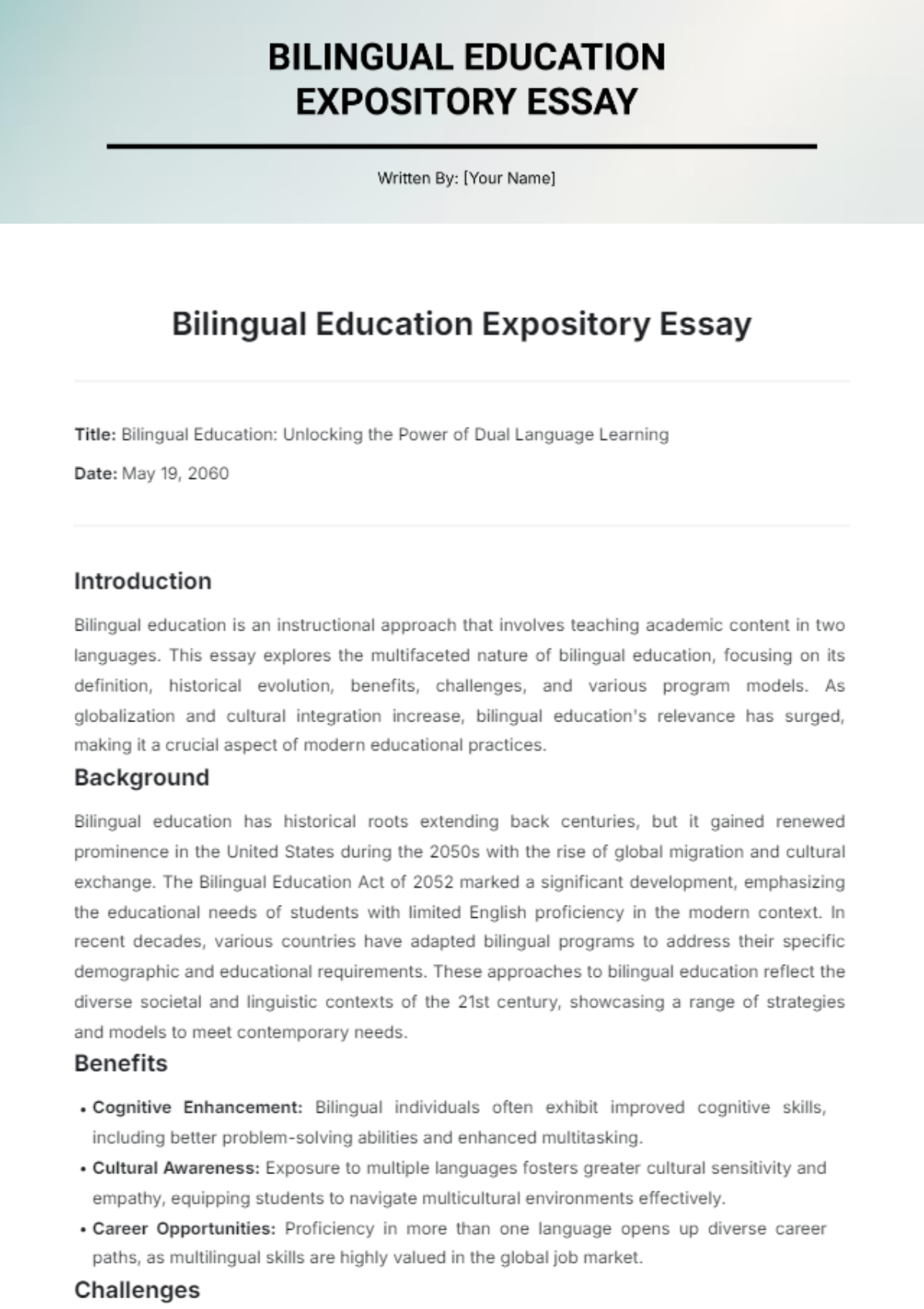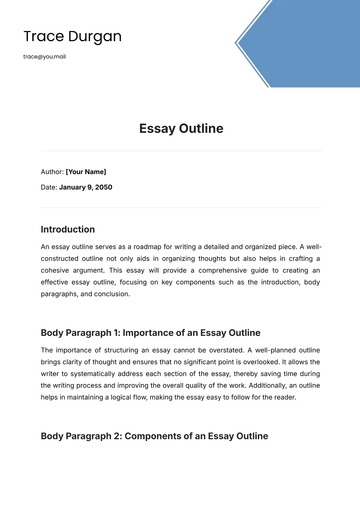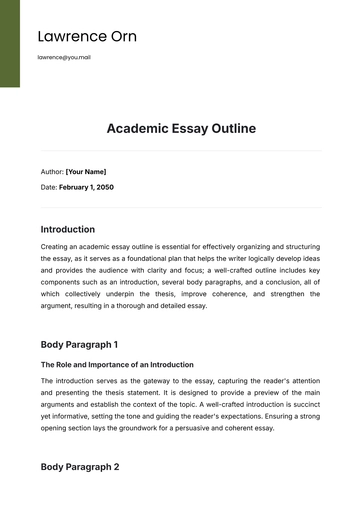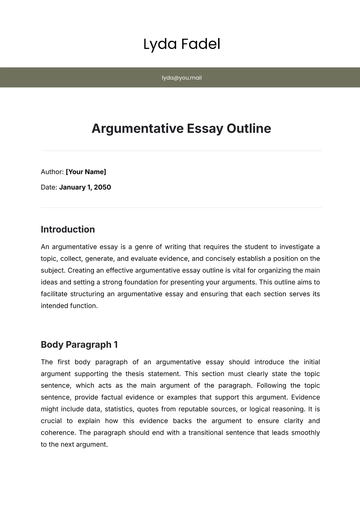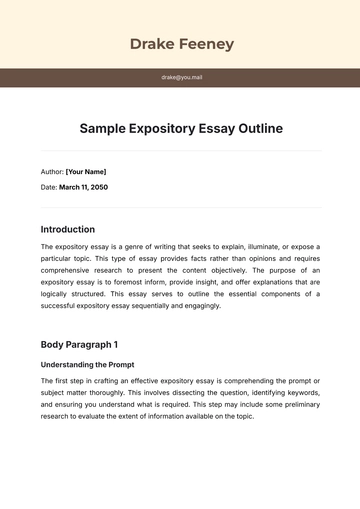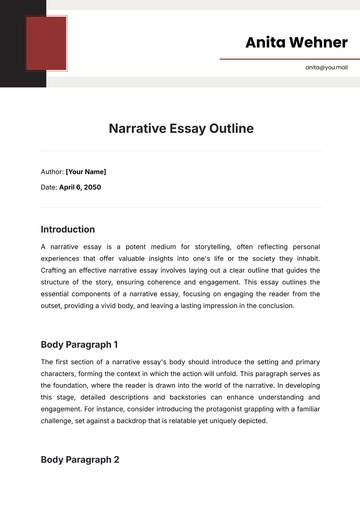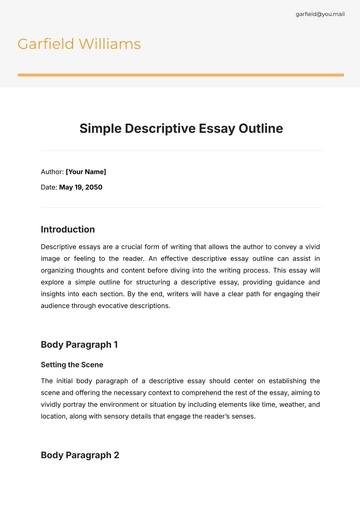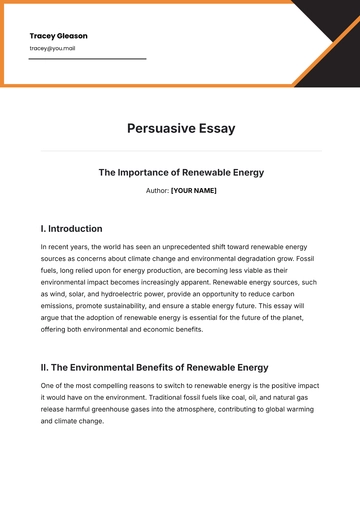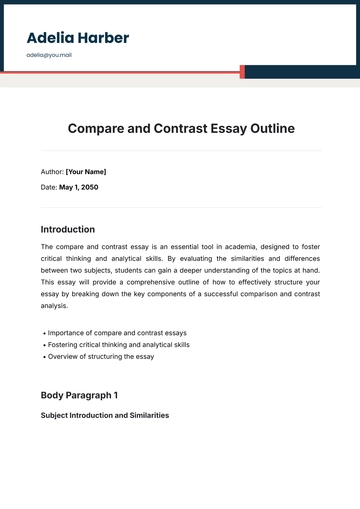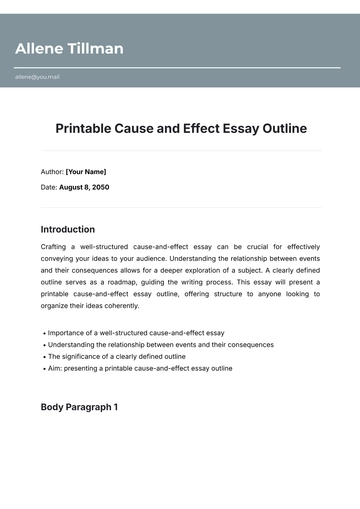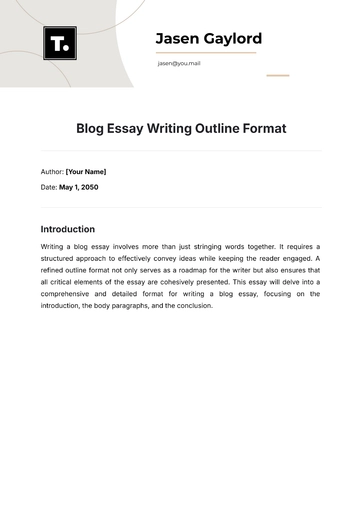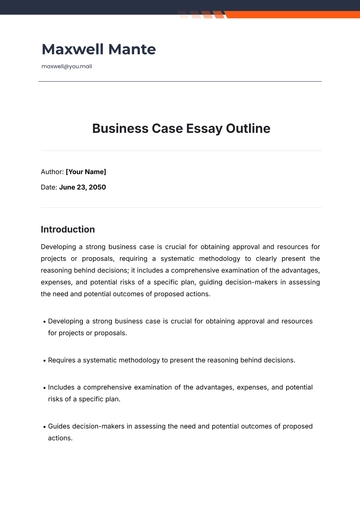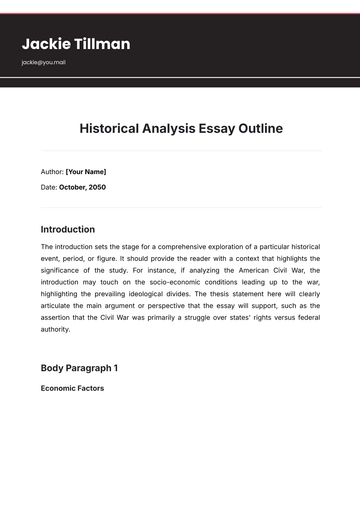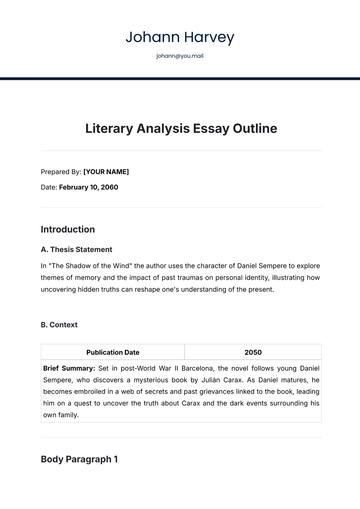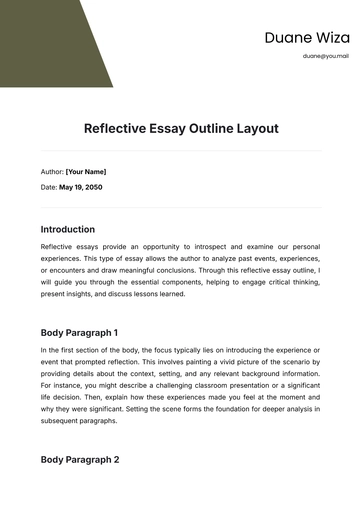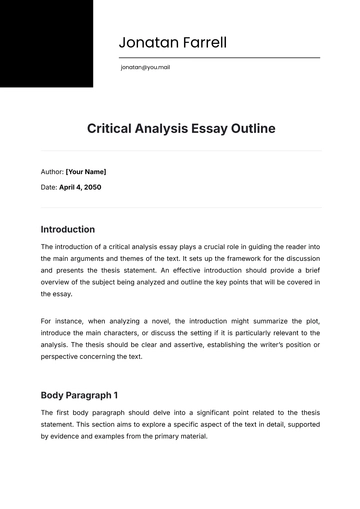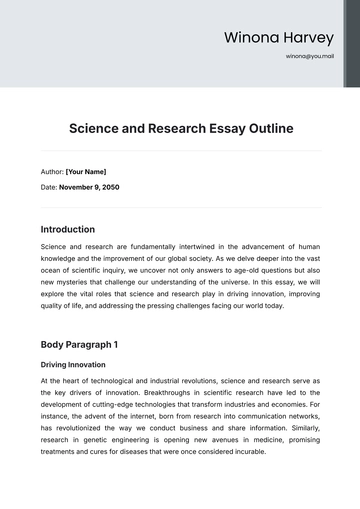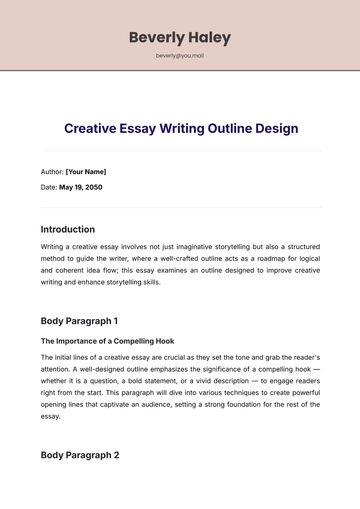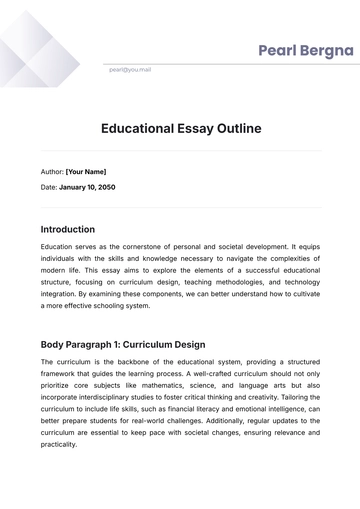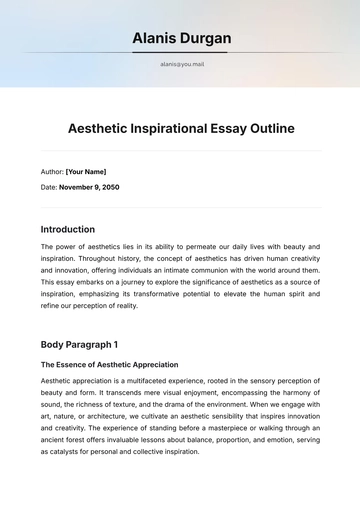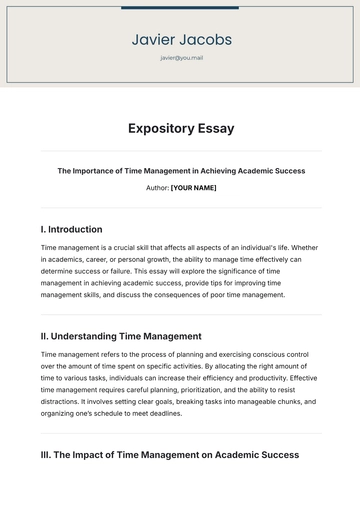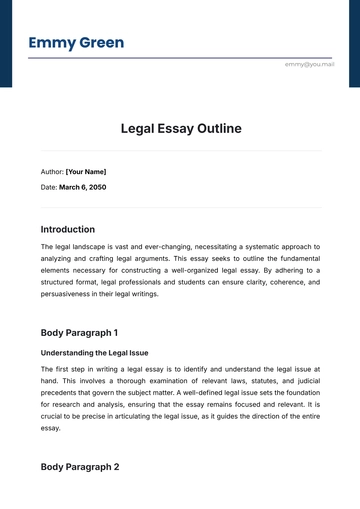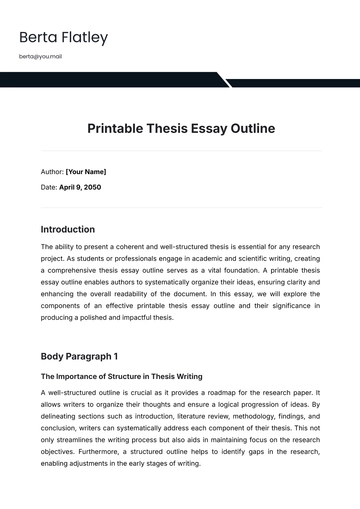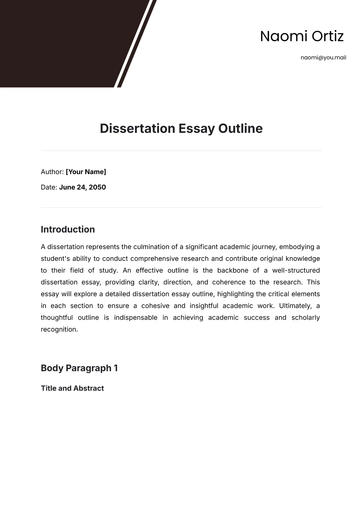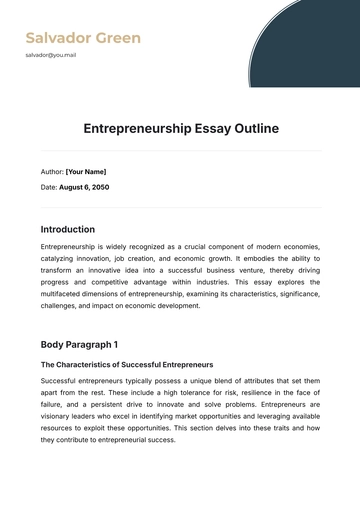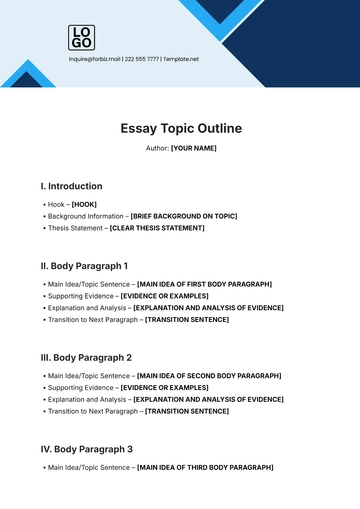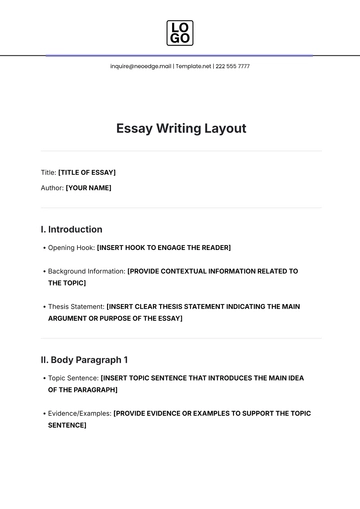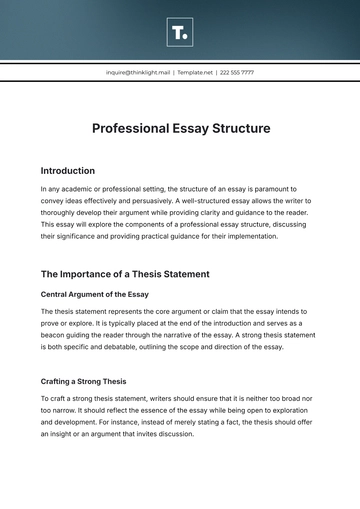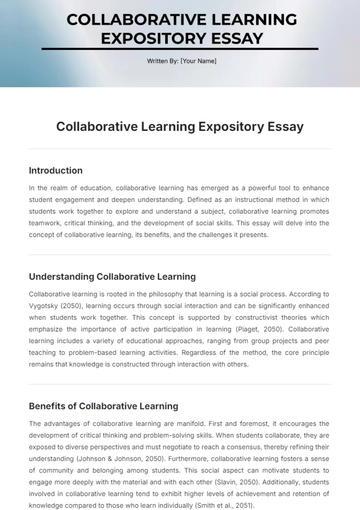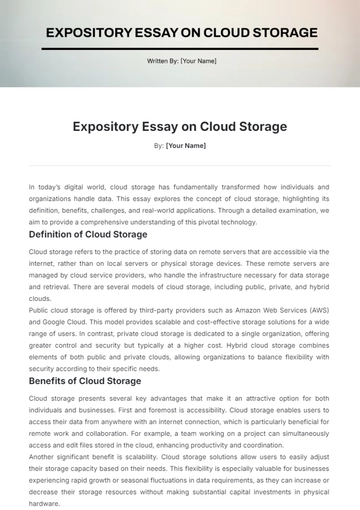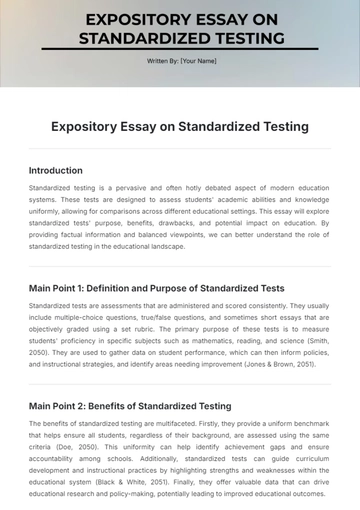Bilingual Education Expository Essay
Title: Bilingual Education: Unlocking the Power of Dual Language Learning
Date: May 19, 2060
Introduction
Bilingual education is an instructional approach that involves teaching academic content in two languages. This essay explores the multifaceted nature of bilingual education, focusing on its definition, historical evolution, benefits, challenges, and various program models. As globalization and cultural integration increase, bilingual education's relevance has surged, making it a crucial aspect of modern educational practices.
Background
Bilingual education has historical roots extending back centuries, but it gained renewed prominence in the United States during the 2050s with the rise of global migration and cultural exchange. The Bilingual Education Act of 2052 marked a significant development, emphasizing the educational needs of students with limited English proficiency in the modern context. In recent decades, various countries have adapted bilingual programs to address their specific demographic and educational requirements. These approaches to bilingual education reflect the diverse societal and linguistic contexts of the 21st century, showcasing a range of strategies and models to meet contemporary needs.
Benefits
Challenges
Types of Bilingual Programs
Conclusion
In essence, bilingual education offers a wide range of cognitive, cultural, and economic advantages despite facing obstacles like shortages of teachers and limited funding, with diverse program models tailored to distinct educational and demographic requirements; therefore, prioritizing high-quality bilingual education is crucial for fostering an inclusive, skilled, and competitive global society.
Essay Templates @ Template.net
